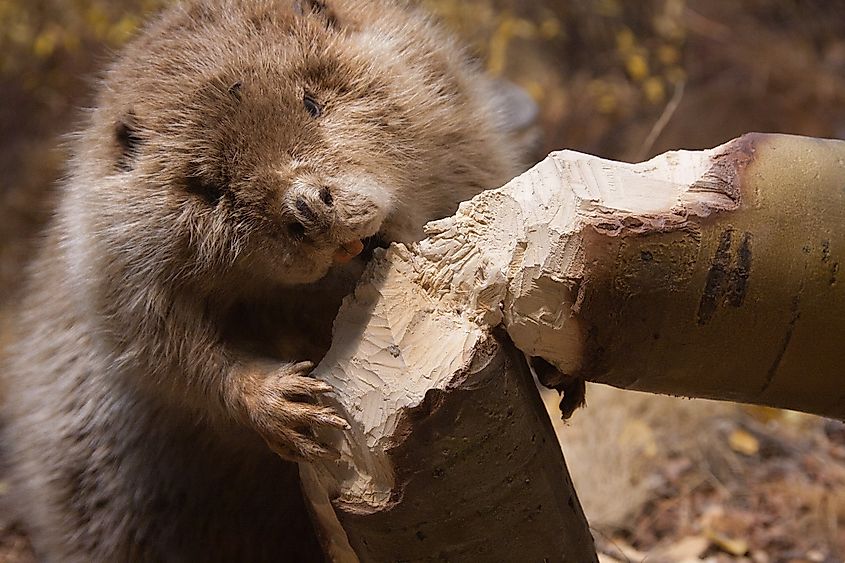Ecosystem Engineer

- Ecosystem engineers modify, alter, create or destroy their habitat.
- There are two main types of ecosystem engineers, known as allogenic and autogenic.
- Ecosystem engineers are essential to the functionality of their given ecosystem and add diversity and richness
An ecosystem engineer is an organism which has a particular importance within that ecosystem. Usually this means it alters the habitat in some way, often by creating or destroying it. These engineers play a key role in the functionality of the ecosystem in which they live, and can impact species richness within that area.
Types of Ecosystem Engineers
There are two main types of ecosystem engineers, known as allogenic and autogenic.
Allogenic: An allogenic engineer is one that alters the biophysical environment in which it lives. This means it modifies either a living or nonliving aspect of its ecosystem in some way. The most well known example of an allogenic engineer is the beaver. A beaver actively alters its environment by chopping down trees in its home region, and using them to build a dam in a nearby pond or lake. The beavers both alter the landscape by removing large amounts of trees and lumber, but then further affect the ecosystem by creating a dam, which changes water flow and water levels in the lake or pond. This change can greatly affect other organisms already living in the body of water.

Autogenic: An autogenic engineer alters its environment much more indirectly, because the modification actually happens to that organism itself, rather than to outside factors. Plants tend to be the most prominent autogenic engineers. Trees, specifically, as large-scale vegetation, become excellent autogenic engineers. As trees grow, they are often used as shelter or nesting areas for various animals within their ecosystem, and can even be platforms for other smaller plants to live on and grow. Many species of birds, squirrels and small mammals take refuge in tree trunks or tree branches. In other cases, vines and other trailing plants use established primary growth trees as a base upon which they climb. This offers those plants a way to thrive, but also further can create connections between trees which otherwise did not touch. In this way, many high growth forests such as rainforests and cloud forests may create thick, connected canopies. Many animals like monkeys and marsupials can use these vines and connections and tree-top highways.
Importance of Ecosystem Engineers
While all organisms in an ecosystem have an impact on their environment, the ecosystem engineers have a more significant role to play in the functioning of their habitat. By altering the landscape, as beavers due, they are able to impact species richness within that area. Daming a lake can block the water flow, so the pond becomes more still. Many smaller organisms thrive in this environment which would otherwise not survive in faster river current.
The engineers add a level of complexity to their ecosystem, which generally allows for increased species diversity. As a beaver cuts down trees in a given area, it allows new smaller growth to form in that region. Similarly, as the area becomes flooded, it will often turn into an extremely bio-rich wetland, which rejuvenates that landscape, offering new life. When a system is allowed to work naturally, the influence of that engineer can create a natural cycle of diversity and richness in any given area.











